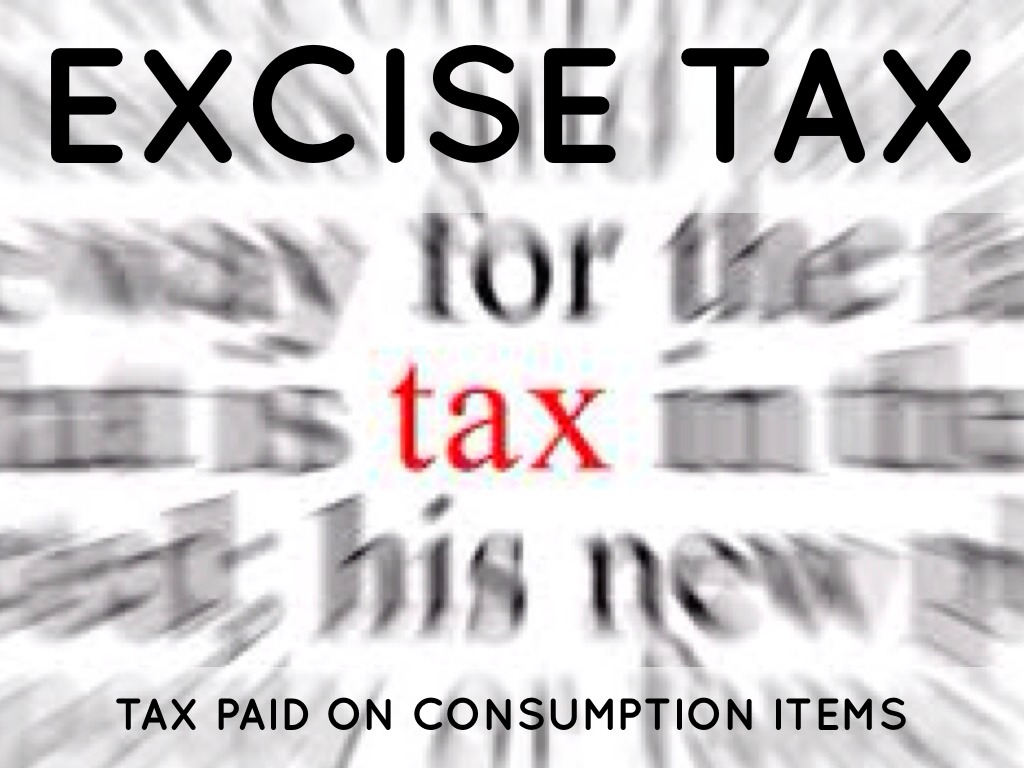Sales Tax
The Sticky Business of Excise and Sales Tax Requirements
There are a variety of industries that find themselves with a unique tax conundrum…they are required to calculate and file both sales and excise taxes to run their day-to-day business. So, what’s the big deal?
Mar. 14, 2016

There are a variety of industries that find themselves with a unique tax conundrum … they are required to calculate and file both sales and excise taxes to run their day-to-day business. So, what’s the big deal?
The thing is – excise taxes are typically based on the volume sold for a specified unit of measurement, while sales tax is a percentage (ad valorem) tax based on the price of a good or service. Additionally, excise taxes often have many more variables that are used to determine the tax rate. Let’s look at fuel as an example, the position in the supply chain where the transaction takes place, the origin of the fuel and the licenses held by the parties involved all play a part in the amount of excise tax due.
Sales tax calculation has different challenges. The same product can have a different tax rate, or no sales tax obligations at all, from one street to the next based on jurisdictional boundaries. For example, in some states like New York, propane and electricity that is sold for use in a commercial setting is charged the state sales tax, however if these products/services are sold for residential use, state sales tax does not apply, but county, city and SPD (special purpose districts) sale taxes are charged. Believe it or not, some states create special purpose tax districts for the sole purpose of taxing specific products or services. These districts are most often created around schools and hospitals.
Often sales taxes must be calculated as a “gross receipts tax”, meaning that the tax must be calculated on the total of the product and the excise taxes collected. This puts an extra burden on the tax calculation process, since excise and sales taxes can’t be calculated independently. The excise tax must be determined and calculated first, then the result added to the product price to create the basis for the subsequent sales tax calculation.
Industries like propane distributors, electricity and natural gas providers, home heating oil distributors, tobacco wholesalers, and equipment rental businesses are faced with the challenge of calculating both excise and sales tax correctly in order to achieve tax compliance.
Now let’s answer our original question – so, what’s the big deal?
To be able to accurately calculate both tax types, companies must be able to pinpoint sales tax rates at a specific point on a map as well as keep up with all of the rates and rules of the excise taxes they owe. This is no small task; does your business have the tools to achieve tax compliance today?
